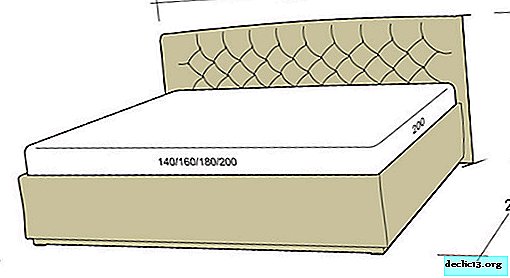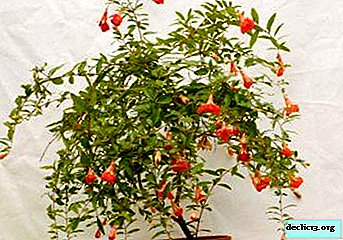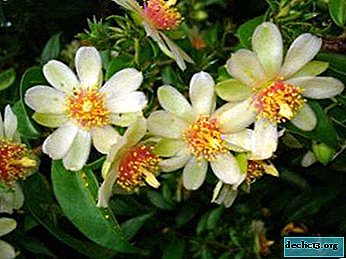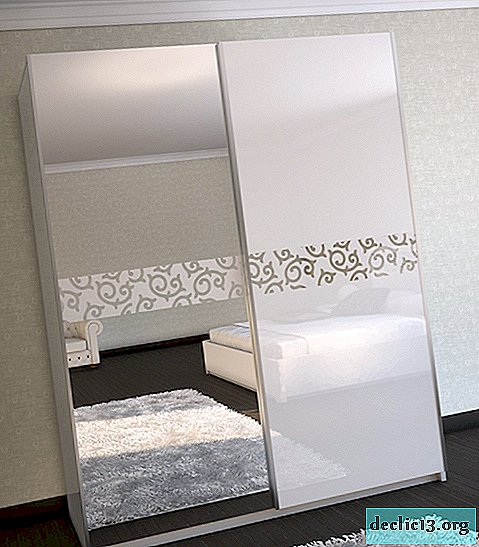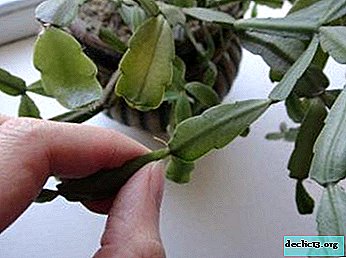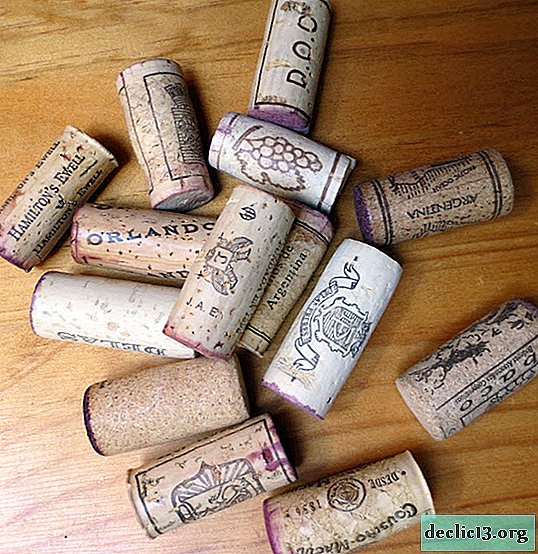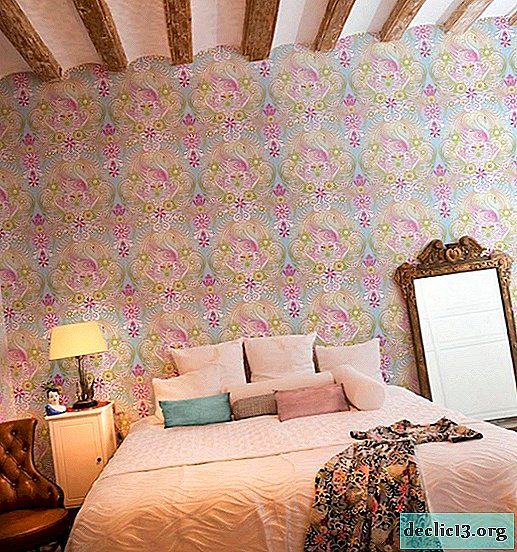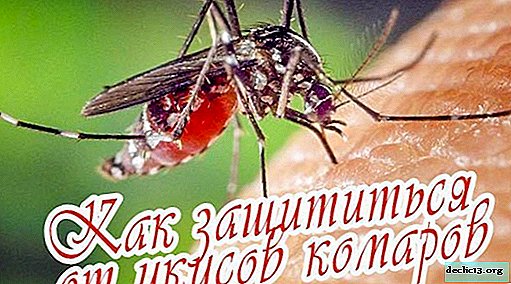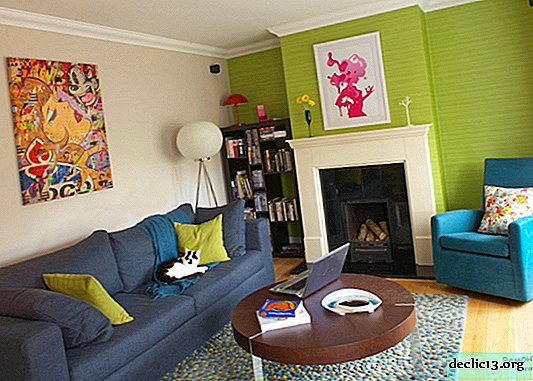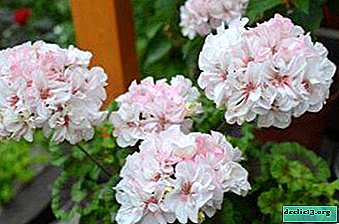Description of Haworthia striped and tips for caring for it at home
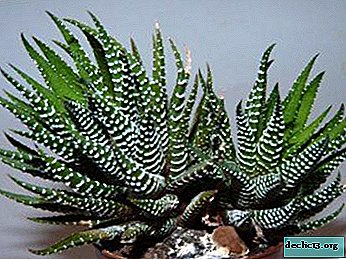
According to popular beliefs, haworthia is a protective plant that gives others positively charged energy.
But even those flower lovers who do not believe in superstition want to have this beautiful guest from hot Africa at home on the windowsill.
Sockets of this flower grown today in the apartment for decorative purposes are very beautiful and unusual. From the article you will learn how this plant looks, how to care for it.
History of Origin and Botanical Description
Haworthia is a succulent, part of the Asphodel family. Haworthia flower got its name in honor of the scientist-botanist and traveler Adrian Haworth, who studied African plants.
This succulent inhabits the arid regions of South Africa. It can be found on rocky, sandy and grassy soil under the shade of trees and shrubs. The peculiarity of this plant is its fleshy, juicy leaves, which accumulate and retain water for a long time, which allows it to survive in a hot and very arid climate.
ATTENTION: The basal rosette of haworthia consists of several rows of hard leaves with sharp ends - elongated and narrow. Leaf plates can range from light green to dark green. Most varieties of haworthia have tuberous growths on the leaves.The stem of this plant is shortened or absent altogether. The flowers on the succulent are small and nondescript, white or greenish in color, they grow on peduncles long from 50 to 90 cm. Since the flowers do not have a decorative appearance, it is better to remove the peduncles so that the plant does not waste strength on it and does not deplete.
Varieties of plants and their photos
In total, more than 100 varieties of haworthia are known. Consider the 3 most beautiful and popular species grown at home for decorative purposes.
Rainwardt
Sufficiently stunted succulent. Height does not exceed 15 centimeters. It does not have a root outlet. Thick, pointed leaves are triangular in shape and slightly bent inward.
The upper part of the leaf plates is smooth, dark green in color. On the lower part there are dotted, bright white growths that disappear in low light. Yellow-green flowers grow on a peduncle in the form of a fluffy brush.

Pearl
It has pointed dense leaves of an oval shape, the edges of which are spiked. On the sides of the plant are large, pearl-like specks.
Greenish-colored flowers are collected in a brush. After flowering, the rosette of the plant dies, a new daughter grows in its place.

Striped
This succulent variety has no trunk. A dense rosette consists of narrow, thick leaves of a dark green color. This haworthia got its name because of the growths that form on the lower side of the leaves white speckled strips. The upper part of the leaves is smooth. Flowers are collected in a small panicle. The plant is somewhat reminiscent of a small, densely grown aloe.

Where and in what to grow?
Lighting and location
Haworthia loves bright but diffused light. Direct sunlight, like a constant shadow, does not suit her. Therefore, it is best to place the flower on the southeast windows of the apartment.
Pot
The plant pot should be low, not very deep and wide. In too large a capacity, haworthia will grow in depth, not up. But in a very tight pot, the young leaves of the haworthia will become small.
TIP: The best pot for this succulent is rounded and made of plastic. In a square vessel, the roots will bend and rot.The soil
The soil for the succulent should have good drainage. The substrate consists of equal parts (1: 1: 1):
- clay-turf land;
- sheet land;
- sand.
It is also good to use a mixture of clay, pieces of shell rock and sand. The soil should be slightly alkaline or neutral. In an overly acidic environment, the plant will not survive.
Home Care
Temperature
 This succulent variety loves coolness, it will feel most comfortable in the range of 15-25 ° C. In a warmer room, the plant needs to create a constant flow of fresh air. For example, you can take it out for airing on a glazed balcony or loggia.
This succulent variety loves coolness, it will feel most comfortable in the range of 15-25 ° C. In a warmer room, the plant needs to create a constant flow of fresh air. For example, you can take it out for airing on a glazed balcony or loggia.
In the winter months, haworthia is at rest and it is necessary to ensure a low temperature of 5-10 ° C. If the flower is small - you can try to place it between the window frames. Or enclose from the hot air in the room with a transparent box, placing windows closer to the glass.
Watering
Watering is required moderate, since the flower grows in nature in conditions of frequent drought. Soil before subsequent watering should be dried 2 cm. Excess moisture leads to decay of the roots and base of the leaves. In winter, you need to water the haworthia only after the loss of leaf turgor begins.
Humidity
Succulent does not need additional humidification of the air around it. But, so that dust does not accumulate on the leaves - the flower can be bathed under a warm shower, after covering the ground from moisture.
Fertilizer
This type of plant is better to undernourish than to allow an excess of nutrition. For top dressing, you can use complex fertilizer for succulents diluted with water.
IMPORTANT: Fertilize from May to September once a month. In winter, during dormancy, feeding the flower is not needed.Transfer
It is necessary to transplant and update the young haworthia once every 2-3 yearswhen the roots become crowded in a pot. Adult plants have to be transplanted a little more often - 1 time in 2 years. But it is worth monitoring the state of the roots during the dormant period, if they die off - you need to transplant the flower immediately!
We suggest watching a video on how to transplant a plant:
Pests and diseases
Pests rarely attack striped haworthia. But sometimes a mealybug settles on the leaves. To get rid of the pest - the socket and leaves must be carefully treated with a soapy solution. If this does not help, systemic poison will save: Actelik or Fitoverm.
Disease of the flower is due to improper care:
 Excessive watering provokes rot of roots and leaves.
Excessive watering provokes rot of roots and leaves.- Subcooling leads to blackening and rotting of leaf plates.
- With a lack of lighting, the plant may begin to stretch, losing its beautiful, compact form.
- From direct sunlight, burns appear in the form of brown-brown spots on the leaves.
- Excessive acidity of the soil causes growth retardation and root rot.
Breeding methods
It is best to start propagating Haworthia in the spring. There are three proven methods:
- Kids. The resulting children with roots during transplantation of an adult plant are separated and transplanted into separate pots. The substrate must be wet.
- Leaves. A leaf is cut off from the mother bush, which should dry for 2 days. After which it is planted in wet soil, loose soil or a sandy substrate. For a month, a new plant takes root; it should not be watered at this time.
- Seeds. This method of reproduction is the most difficult, since the seeds germinate very slowly. This method is used only by experienced growers and breeders.
Basic rules of agricultural technology
- Haworthia should be in a bright, cool place. A window or a glazed winter loggia with a temperature of no more than + 8 + 10 ° C is suitable. Shading is required from direct sunlight.
- During the period of active growth from May to October, the flower should be regularly watered with settled water at room temperature. During the dormant period, watering is reduced to 1 time per month.
- Also, during the growth period, the flower needs to be fed with complex fertilizers for succulents - 1 time per month. In winter, top dressing is not needed.
- An adult plant transplant should be carried out no more than 1 time in 2 years.
- It is better to propagate haworthia with the help of side outlets or shoots. Before planting, seedlings need to be dried.
Conclusion
We introduced you in detail to the striped haworthia. If you want to see incredible beauty on your windowsill all year round, then by all means get this unusual succulent. It is quite unpretentious to the conditions of detention and easy to care for. And it will delight you with its decorative look for more than 10 years.

 Excessive watering provokes rot of roots and leaves.
Excessive watering provokes rot of roots and leaves.
